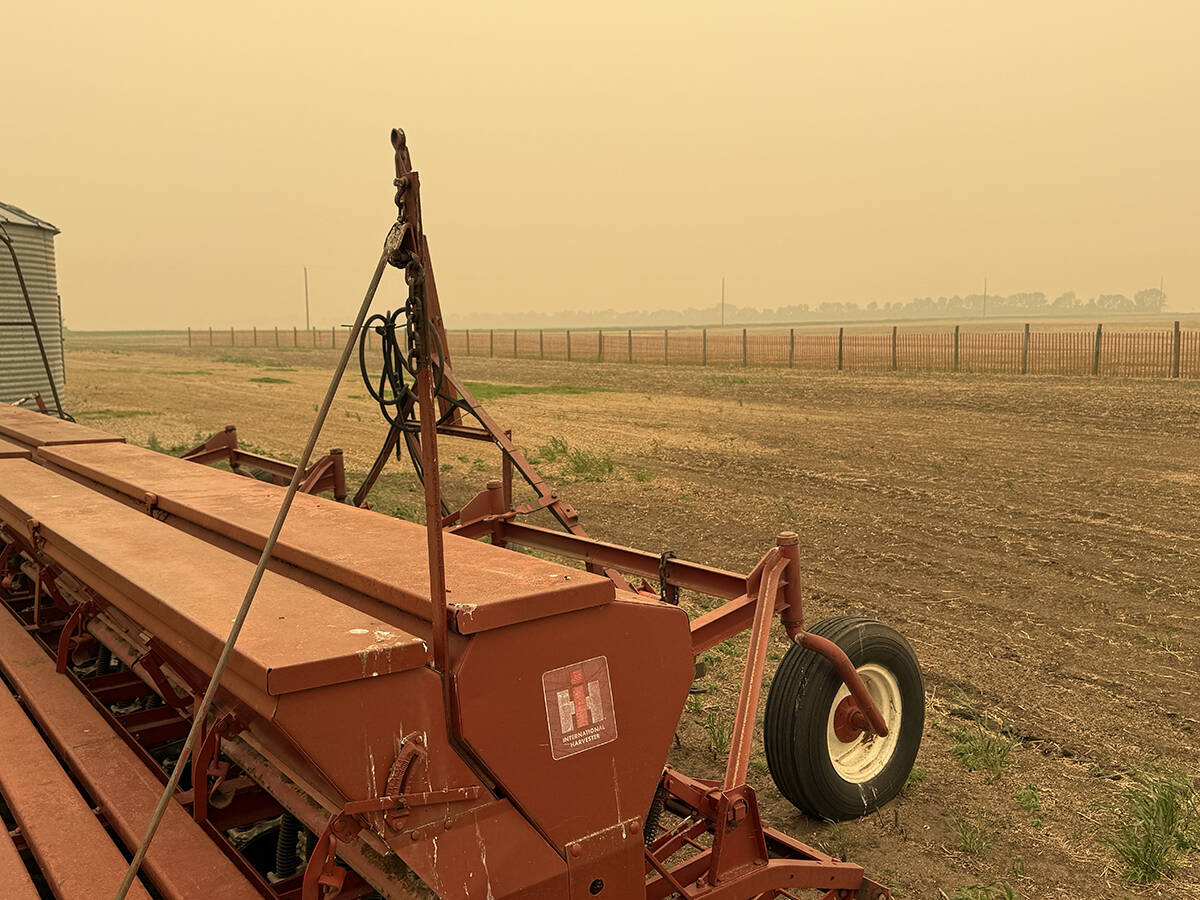Poor Canadians’ dependence on food banks is at a record high level, particularly on the Prairies and in rural Canada.
Food Banks Canada reported last week that based on its annual survey of Canadians asking food banks for help in March, close to 900,000 Canadians made the depressing journey to ask for food that month.
It was more than nine percent higher than last year and 28 percent higher than in 2008.
In rural Canada, the increase was 13 percent compared to 2009.
Katharine Schmidt, executive director of Food Banks Canada, told a Parliament Hill news conference Nov. 16 the numbers illustrate that the benefits are not spread equally through the population, even in provinces that are booming or a country that is pulling out of an economic dip.
Read Also

Wildfires have unexpected upside this year
One farmer feels smoke from nearby wildfires shrouded the July skies and protected his crop from the sun’s burning rays, resulting in more seeds per pod and more pods per plant.
“Clearly there are people left behind,” she said. “We believe it is unacceptable for anyone to go hungry in a nation as prosperous as ours.”
The organization has suggested a national anti-poverty strategy to attack the cause of food bank use, which would include a national affordable housing policy.
“For all of those needing help, it is low income that brings them to a food bank.”
New Democrat MPs endorsed the idea, and a report from a House of Commons committee called for a national anti-poverty strategy.
“We think there are solutions to this if politicians took it seriously,” said Schmidt.
She said the situation in rural Canada is unique.
Forty-five percent of food banks are in rural Canada, but they serve only 14 percent of food bank users.
Some critics suggest rural use of food banks is higher than those numbers suggest because some rural residents prefer to drive to food banks in the nearest city for fear of being spotted in their local community.
Schmidt also said a higher-than-average increase in use this year means rural food banks are more likely than urban food banks to run out of food before the end of the month or be forced to ration food.
“The majority of Canada’s population is located in urban areas as are the majority of food bank clients,” said Food Bank Canada’s report, HungerCount 2010.
“Nevertheless, hunger is a very real issue in our small towns and rural areas.”
Reports from rural food banks indicate that poor Canadian farm families are part of the clientele for Canadian food banks.
Schmidt said the profile of rural food bank users differs from urban users in several key ways. They are more likely to own their home and are more likely to be employed, although at low-income jobs.
Almost 60,000 people showed up at an Alberta food bank for help in March, 10 percent more than last year.
In Saskatchewan, the number increased by 20 percent to almost 23,000, although it reported some of the smallest provincial numbers.
In Manitoba, with a similar population to Saskatchewan, 58,000 people visited food banks in March, a 21 percent increase from last year. More than 50 percent were children.
———
MOVEFORWARD
AND PURSUE YOUR
FUTURE IN AGRICULTURE














